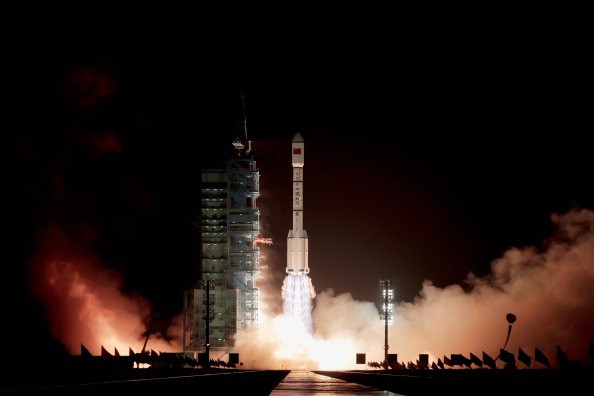Ever fantasized about a laboratory out there in space? No need imagining, because it is already here. China's Tiangong-3 Space Laboratory launched on September 15 on top of the Long March 2F rocket.
Tiangong-2 was launched from the Jiuquan Satellite Launch Center out into space where it will orbit the Earth. Two astronauts are expected to occupy the lab later this month. For those who are early risers, the lab may be visible over the horizon in the following few weeks.
However, not everyone will be able to view the lab. Tiangong-2 lies at a lower inclination of 42.8 degrees and at a distance of 122 miles to 214 miles from the Earth's surface. This makes it much more visible than the International Space Station.
It will be visible for around 80 percent of Earth's inhabited area. Parts of Scandinavian countries, northern Canada and Alaska won't be fortunate enough to get a glimpse of it. For those who will take out time to view it from their balconies, here is what they should have in mind.
Tiangong-2's appearance is not at all unusual. The appearance of this newly launched Chinese spacecraft moving across the sky is not in itself unusual. According to a report, satellites only become visible when they're in sunlight while the Earth's surface is relatively consumed in darkness, usually immediately after dusk or before dawn.
Tiangong-2 sets the stage for China's future as far as its space-explorative ambitions are concerned. It definitely has the potential to serve as a stepping stone for China's objective of the futuristic concept, human spaceflight.
The international laboratory will be visible between Oct. 9 and 24 across the southern parts of Canada, Europe and all across the United States. It will be visible sailing across the sky right after sunset from Oct. 31 through Nov. 16.
It won't be much effort to spot Tiangong-2. Its magnitude of brightness is +2, making it easily apparent to the human naked eye, for even people living in highly lit and busy metropolises.



























